This is a forbidden city in which rivers Oka and Volga merge, while spacious streets echo the patina of history. Why is it forbidden, you might ask?
Residents of the Lower New Town (which its name means in Russian) often use for their city, which is a home for 1.2 million people (according to the 2010 census), the abbreviation NINO. It is not difficult to guess why.
The fifth largest Russian city was founded in 1221 by Yuri II, the Grand Prince of Vladimir Principality. He built a wooden fortress at the place where the River Oka merges with the Volga, and where later another fortress was built and named Kremlin. If that makes you think about the Kremlin in Moscow, you should know that the Russians call all large fortresses the Kremlin. The city was later occupied by Mongols and destroyed by the Crimean Tatars.
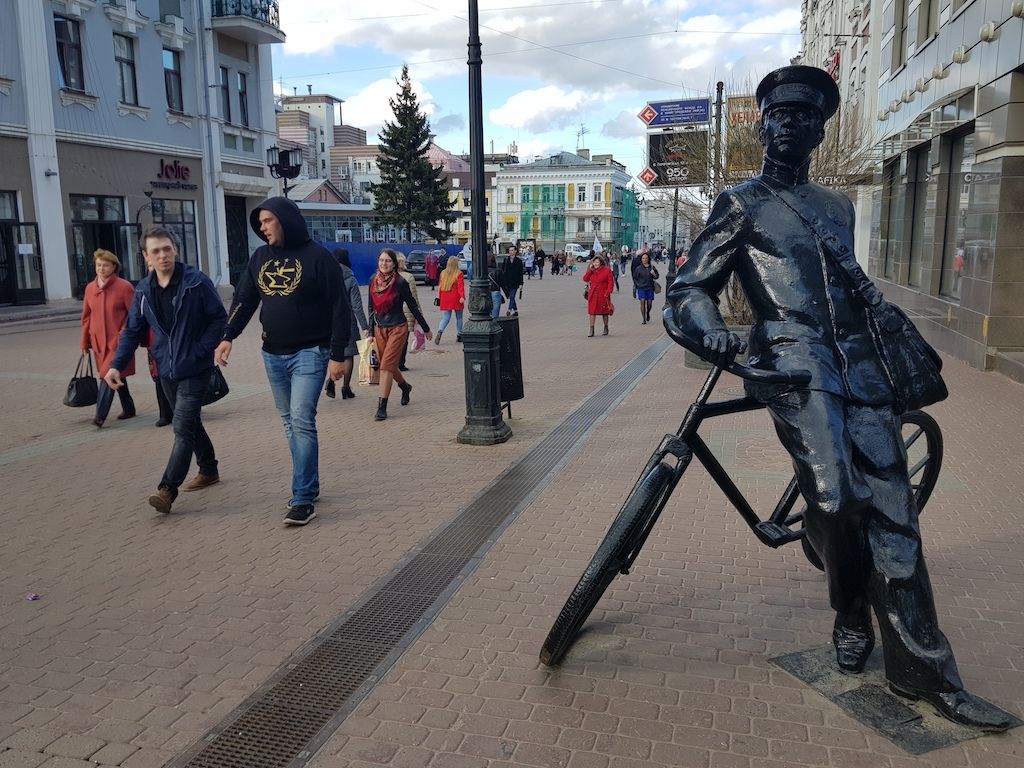
From 1932 to 1990, it was called Gorky after the Soviet poet Maxim Gorky who was born there. Gorky was the founder of Socialist Realism, so it is no wonder that the city is full of social realist elements, just like many other Russian towns. At the very entrance to the railway station, I saw walls decorated with social-realist motifs of soldiers, workers and the unavoidable Comrade Lenin, who was mirrored on top like God.
Nizhny Novgorod is an important industrial and cultural centre and a university city. All those Russian Chaykas and Volgas, which still float and drive on the Russian roads, started their life right here – at the GAZ factory, the pride of the city. NiNo has both a river port and an airport, as well as an underground rapid transit system, with just enough lines. Do not forget that there is also Veliky (Great) Novgorod, but it is a thousand kilometres away and has just half as many inhabitants. What a paradox!
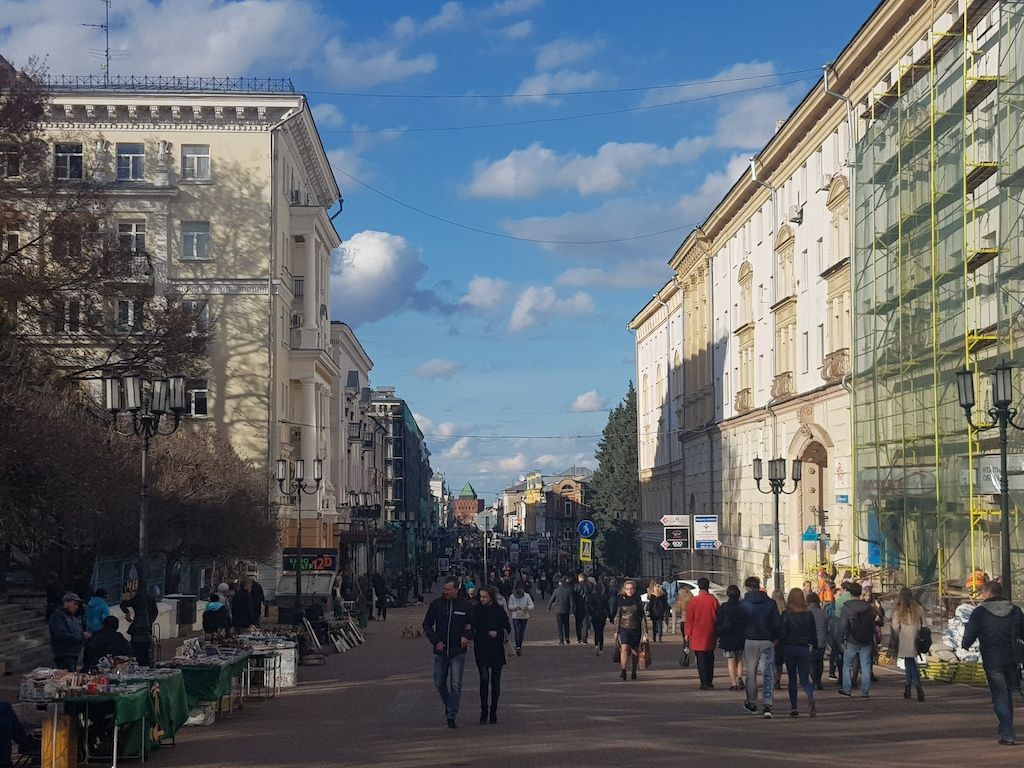
Russian physicist and dissident Andrei Dmitrievich Sakharov was exiled to isolation to then Gorky. During the 1960s, he talked about the danger of a nuclear war between the United States and the USSR, and advocated for the suspension of nuclear weapons production, and was therefore banned from working on military projects. He advocated for the democratization of the USSR, and in 1975 was awarded the Nobel Peace Prize which was received by his wife Jelena, according to Wikipedia. After condemning the Soviet military intervention in Afghanistan, he was expelled to Gorky but was allowed to return to Moscow after Mikhail Gorbachev came to power.
It was precisely due to Sakharov that Gorky became a forbidden city and nobody was allowed to enter it without a special permit, especially the foreigners! That was deemed necessary to prevent his communication with the outside world. But after the fall of communism, the city opened once again and welcomed foreign tourists. It also got its old name back – Nizhny Novgorod. One of the other reasons why the city was forbidden for foreigners was the fact that the local plants worked a lot for the military and nuclear industries.
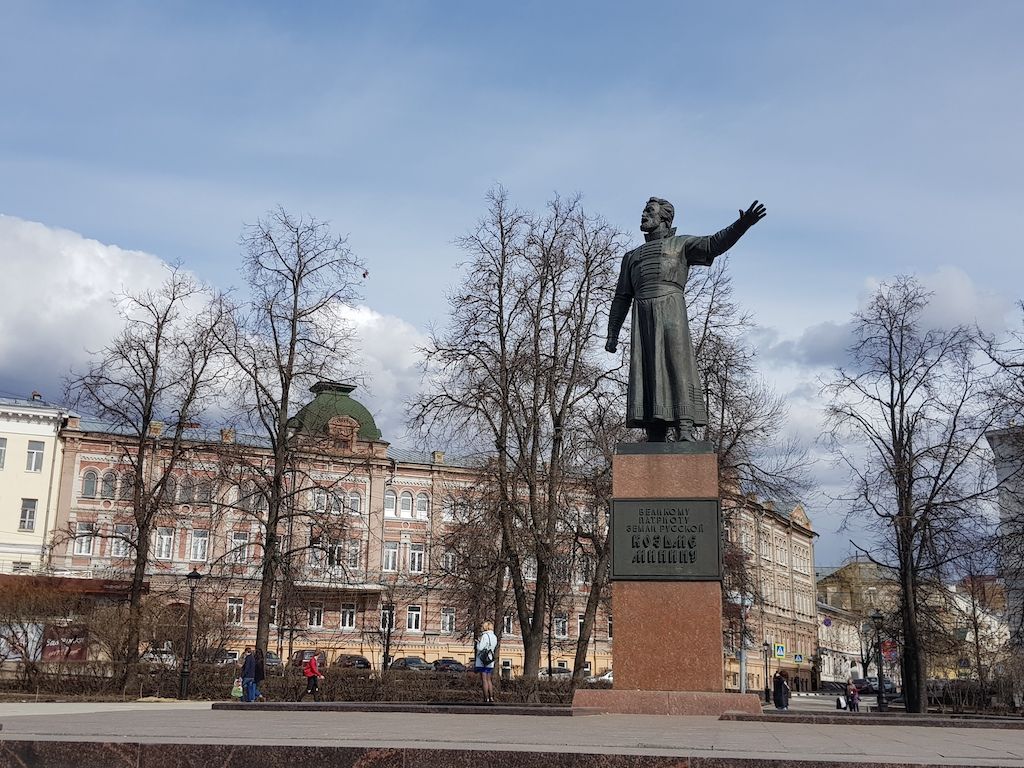
From the train to the metro. While in Moscow a subway ticket costs 50 roubles (contactless pass), here it costs only 20 (a token with a hole in the middle) or just over two kuna. For this price, you can use the metro all day, if you have enough time?!
The great Volga is extremely important for Nizhny, which is located in its valley. There are river islands on the Volga, and the city also has a few smaller rivers and lakes (and also the Gorkovsko artificial lake). Today's major problem for Novgorod is environmental pollution due to heavy industries, with the nearby town of Dzerzhinsk, due to chemical contamination, being of the most polluted in the world!
The most beautiful view of the river Volga can be seen from the Kremlin walls. And before you see the beautiful river, you can admire the motor vehicles, aircraft and "a submarine" from the World War II, as well as monuments to heroes. All of this is exhibited to visitors and can be seen and photographed for free. This small outdoor museum is often a location which tourists do not miss. There are also several theatres and sports ice hockey halls in the city, while the football stadium where the World Cup matches will be played has about 45,000 seats.
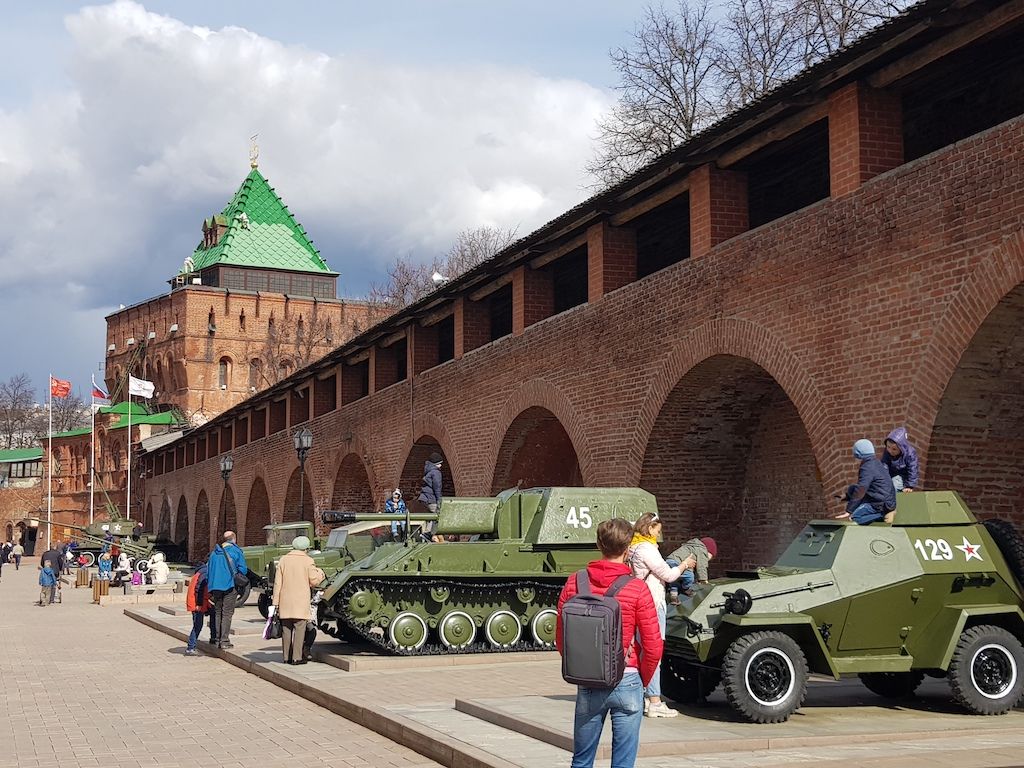
During winters, many tourists are surprised to see that the locals sometimes cross the Volga with their cars, since the ice on it is extremely thick. In warmer months, when there is no ice, the same river is full of numerous cruise ships which bring in foreign currency. There is no end to wonders in Russia.
Due to its layout, Novgorod might remind many of Belgrade, which instead of the Kremlin has Kalemegdan, and instead of the Oka and the Volga – the Sava and the Danube rivers.
What is Vaci Street for Budapest, and Ilica for Zagreb, for Nizhny is Pokrovskaya Street or Pokrovka. It boasts numerous refurbished facades, many cafes, restaurants and shops. And there is always something going on there, with low prices in restaurants attracting guests. You can have a great lunch for about 50 kuna, while for about a hundred kuna you can enjoy bottles of Russian black wines from the country’s vineyards. A monument to Valery Pavlovich Chkalov, a test pilot known for his acrobatics, is located between the entrance to the Kremlin and the university, while Gorky has a monument in the city centre, on a square bearing his name.
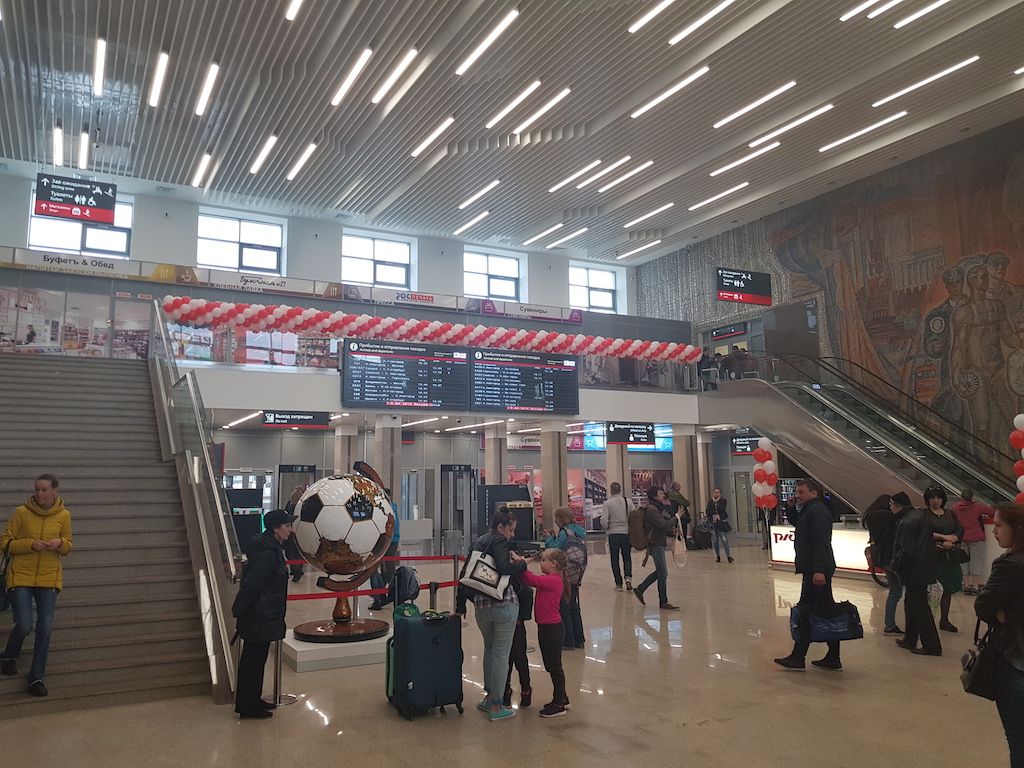
MIGs, Volga cars, trucks...
Novgorod is the city of the aviation industry. During the World War II, the Sokol factory produced 20,000 "exterminator" type aircraft. The best-selling warplane in the world, MIG-21, was produced here, while MIG-35 is produced now, the pride of modern Russian aviation. The GAZ car factory used to employ 150,000 workers, but that has now dropped to about 25,000.
How to fish on the Volga?
Modern fishermen catch fish even during the winter, but they do not carry fishing rods, only hooks, nylon cords and drills. Since ice is up to one metre thick in the middle of Volga, this is a real adventure. Fortunately, fishermen can keep themselves warm with tea and vodka, since without these two drinks – it would be hard to be on the ice. And then the fish “jump” into the bags themselves, which is a dream of every fisherman, including those in Croatia, for example on the Drava river.


